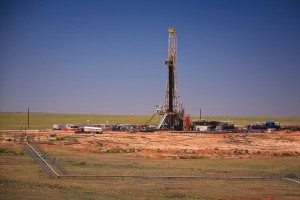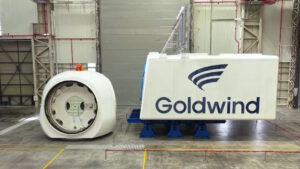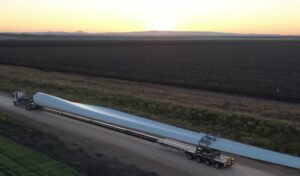Multinational food and pet food company Mars has found an inventive way to lower gas consumption at its Wodonga petfood factory , through the use of super-heated ‘green steam’ created with electric heaters and graphite.
This is believed to be Australia’s first commercial thermal energy storage (TES) system in Australia and has reduced the company’s gas consumption at the factory by 20%.
“Our ambitions to be fully decarbonised – 100% net zero – by 2050 and within direct operations, that target is 100% renewable by 2040,” Paul Matuschka, Mars Petcare Australia’s supply quality lead, told RenewEconomy.
“We’ve only got 16 years left to solve this problem.”
The site – which produces small aluminium trays of wet petfood – needs to cook the food using high heat. This is traditionally done with gas, but the new TES system uses graphite superheated steam instead.
Mars has partnered with Graphite Energy, which has designed the one megawatt TES system, which is housed in a bright orange shipping container.
The technology inputs energy from PV or grid power, and using resistance heaters, can heat graphite up to around 700 degrees Celsius. Then this heat can be discharged by running water through pipes and producing superheated steam, or stored as a type of battery for later use.
The ‘battery’ can store over 5 megawatt hours of storage, can be held until overnight when required, and the graphite system doesn’t degrade over its life.
“It will displace around 10 terajoules of natural gas through the year, which is about 500 tonnes of carbon avoided,” said Matuschka.
“We are producing up to about 10 tonne of steam per day.”
The Mars Australia group switched to 100% renewable electricity back in 2021, after signing a 20 year power-purchase agreements with Total Eren, but has struggled to lower their thermal emissions from gas use.
Matuschka told RenewEconomy that although the project wasn’t about saving money, they are looking to expand the facility from one unit to four, which would lower their thermal emissions by 80%.
“Mars is investing over the next three years about $1 billion to climate action alone. And that’s to support these types of investments that don’t necessarily have a financial return,” he told RenewEconomy.
“Now saying that, we are looking at a full scale deployment, which we’re currently assessing now. We’re doing some early scope one feasibility of a four-unit deployment into Wodonga.”
The team are also looking at using the system as short term battery storage, where energy can be stored while grid energy is cheaper, and used when the prices are more expensive.










